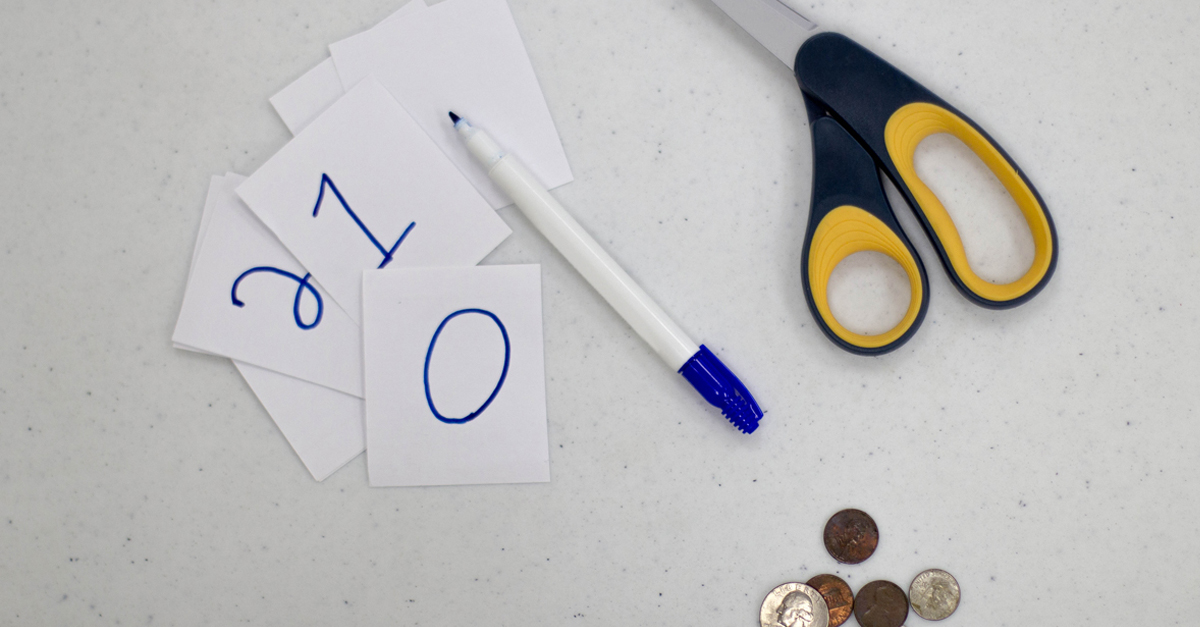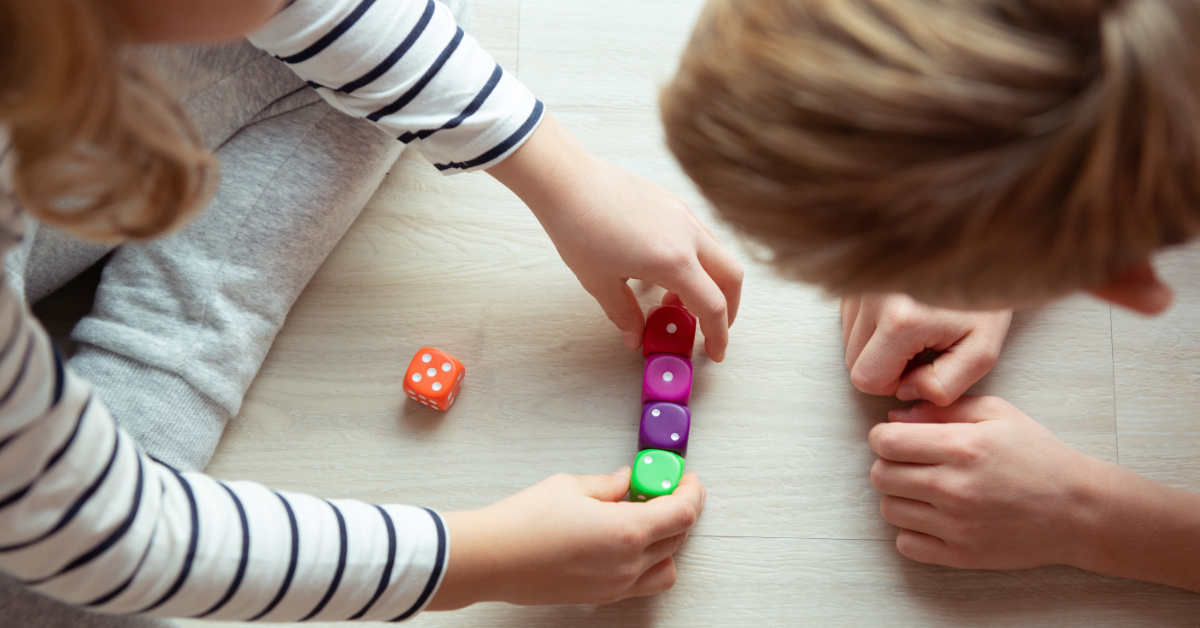
When it comes to learning math, building a strong foundation is absolutely essential. As educators and parents, our goal is to nurture confident problem-solvers who genuinely enjoy the journey of mathematical exploration. We want our students to not just learn, but truly master the underlying math concepts that are critical to successful problem-solving. But once they’ve demonstrated mastery of a specific skill or concept, how can we keep the momentum going? How can we encourage them to continue to extend, practice, and make meaningful connections in new and fun ways?
This is where the magic of engaging math activities comes in! By incorporating fun math games and activities into their routine, one-on-one instruction, or math class, we can help children see math not as a chore, but as a fascinating world of possibilities. These activities can be easily integrated into everyday life, transforming downtime into valuable learning opportunities. Whether it’s a rainy day at home, a long wait at the doctor’s office, a car ride, or a leisurely stroll through the park, there are countless ways to make math fun and engaging.
“Greater or Less?” – A Fun Math Game for Building Number Sense
Playing with numerical cards is a simple yet powerful way to reinforce essential math concepts like comparing quantities, understanding place value, and practicing basic operations. This fun math game, which we’ll call “Greater or Less?”, is adaptable to different grade levels, making it a valuable tool for both young learners and older students.
What You’ll Need
- Index cards or squares of paper
- Scrap paper
- Pencils
Setting up the Game
Create your deck: Write numerals on the cards based on your student’s grade level and mastery of place value and number sense. For young learners just starting out, you might use numerals 0-9. For older students, you can include a variety of larger numbers in the hundreds, thousands, or even higher! To make it even more engaging, have your student help you decide how many cards to make and create them together. Aim for at least 10 cards per person.
Differentiation for different learners: This math activity can be easily modified to suit different learning styles and abilities. For active learners, you could incorporate movement by having them jump when they have the greater number or students walk to different sides of the room based on their answers.
How to Play
- Shuffle and distribute: Shuffle the cards and give each player an equal number, placing them face down in a pile.
- Draw and compare: Two players simultaneously draw one card from their pile and compare the numbers.
- Engage in math talk: Encourage students to write down their numbers and use mathematical language to compare them. Ask guiding questions like:
- “Is my card greater or less than yours?”
- “How did you figure that out?”
- “How many more is your number than mine?”
- “How many less is my number than yours?”
- Determine the winner: The player with the greater number wins the round, makes a tally mark on their scrap paper, and takes both cards. If the numbers are equal, both players draw again until one has a greater number.
- Add a challenge: For students who are ready for more, have them draw two cards at a time and find the sum or difference. Then, they compare their answers to see who has the greater number.
- Mix it up! To keep things interesting, you can change the rules and have the player with the lesser number be the winner.
Extending the Activity
- Introduce negative numbers: For older students, incorporate negative numbers to further challenge their understanding of number relationships.
- Connect to real-world scenarios: Use the cards to create real-world scenarios like comparing prices, distances, or scores. This helps children see the relevance of math in their everyday lives.
This simple math game is a fantastic way to boost number sense, encourage mental math, and make practicing math facts fun!
“How Much is in My Pocket?” – A Coin-Counting Math Game with a Twist
This engaging math activity uses everyday coins to help children develop critical thinking skills, practice adding and subtracting decimals, and build a solid understanding of money values. “How Much is in My Pocket?” is a perfect math game for those “on-the-go” moments, turning waiting time into learning time!
What You’ll Need
- A variety of pennies, nickels, dimes, and quarters
How to Play
- Hidden coins: Place a set value of coins in your pocket, or out of your student’s sight (under a cup, in a bag, etc.).
- Clue time: Give your student clues about the number of coins and their total value. For example:
- “I have three coins in my pocket. They are worth 11 cents. What coins could I have?” (Answer: 2 nickels and 1 penny)
- Increase the challenge: As your student’s math skills grow, introduce problems with more than one possible solution. For example:
- “I have six coins in my pocket. They are worth 30 cents. What coins could I have?” (Answers: 1 quarter and 5 pennies, or 6 nickels)
- Turn the tables: Have your student create coin combinations and provide clues for you to guess. This encourages them to think strategically and consider different possibilities.
- Vary the challenge: Provide clues with varying levels of difficulty to differentiate for different learning styles and grade levels.
- Younger learners: Start with simpler combinations and fewer coins.
- Older students: For middle school students or high school students, introduce larger coin values and more complex scenarios. You can even challenge them to find all the possible combinations for a given value. For example:
- “I have several coins in my pocket. They have a total value of 16 cents. How many coins could I have?” (Answers: 16 pennies; 1 dime and 6 pennies; 1 dime, 1 nickel, and 1 penny; 2 nickels and 6 pennies; 3 nickels and 1 penny)
Making it Even More Engaging
- Real-life connections: Relate this math game to real-life scenarios like shopping, saving money, or making change.
- Visual aids: Use a whiteboard or construction paper to visually represent the coins and help students work through the problem.
- Teamwork: Have students work in pairs or small groups in their math class to solve the coin puzzles together, promoting collaboration and communication.
This deceptively simple math game is a powerful tool for developing mental math skills, reinforcing coin values, and promoting critical thinking. Plus, it’s a fun and engaging way to sneak in some extra math practice wherever you go!
Keep the Math Fun Going!
We hope these simple yet engaging math activities inspire you and your students to explore the world of numbers with a sense of joy and wonder. Remember, making math fun isn’t about replacing formal math instruction, but rather about providing opportunities for meaningful practice and deeper mathematical understanding.
By incorporating fun math games and activities into your daily routine, you can help your child develop essential math skills, boost their confidence, and foster a lifelong love of learning. Whether you’re playing “Greater or Less?” with a deck of cards or solving coin puzzles with “How Much is in My Pocket?”, these activities offer valuable learning experiences that go beyond the traditional math classroom.
So, keep the math fun going! Explore new math games, create your own fun math activities, and embrace every opportunity to turn ordinary moments into extraordinary learning adventures.
Remember
- Adapt and conquer: Adjust the difficulty of these activities to match your student’s grade level and learning styles.
- Real-world magic: Connect these math games to real-life situations to show your child how math is relevant to their everyday experiences.
- Learning through play: Most importantly, keep it fun! When students learn through play, they’re more likely to retain information and develop a positive attitude toward math.
Happy learning!
This post was last updated on October 23, 2024, to provide you with the most engaging content.




Leave a Reply